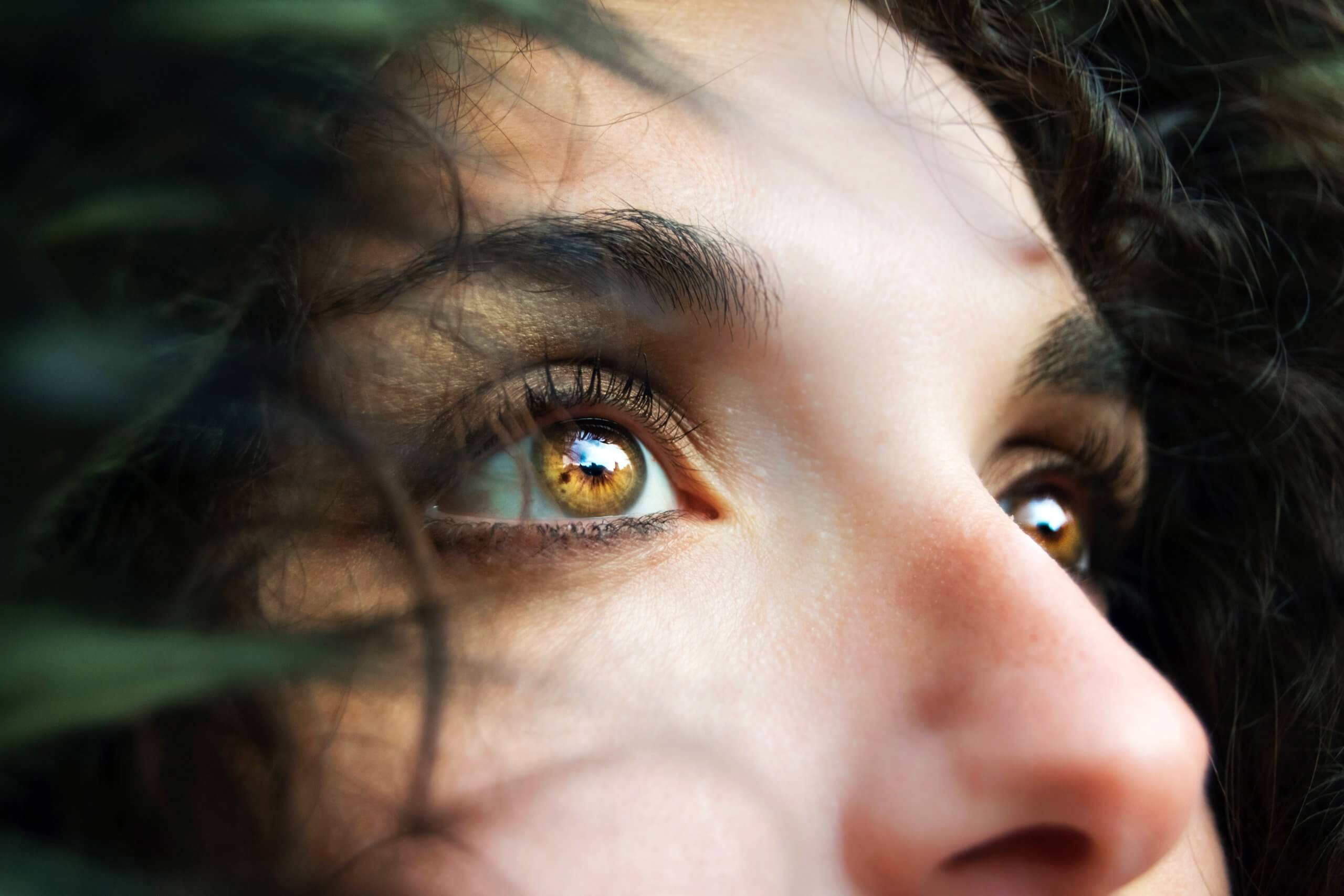
Surprising at it seems, countless people go through life believing their skin just fundamentally has a problem, instead of stopping to wonder if it might be the products they’re using. People accept that they have “dry” or “oily” skin without ever considering the beauty products they use might be the underlying cause on their skin condition.
Instead of just slathering on some moisturiser when skin is flaky or using a cleanser or scrub when skin is oily, we need to treat the cause. True, the moisturiser will flatten those dry flakes of skin for a while, but those flakes also need to be allowed to shed, and moisturiser can prevent this from happening by gluing them onto our skin, resulting in a build-up of dead skin cells trapped against our skin’s barrier. And cleansing our skin when it’s oily may bring temporary relief, but in the long run it only exacerbates the problem.
Understanding skin types and conditions
There are four generally accepted basic skin types: normal, oily, dry, and combination. A fifth skin type is sometimes included: sensitive.
Normal skin
Normal skin is well-balanced and is neither too oily nor too dry. It is generally blemish-free with no visible pores or sensitivity. People with a normal skin type can still experience dryness and oiliness.
Oily skin
Oily skin is characterised by excess oil production. It generally has a glossy shine, visible pores, and is more prone to breakouts.
Dry skin
Dry skin often looks dull because it produces less oil naturally and so struggles to keep moisture locked in. It can often feel tight or rough, and fine lines are usually more pronounced. As we age, our skin naturally becomes drier due to hormonal changes.
Combination skin
Combination skin is usually oily in the T-zone (forehead, nose, and chin) and dry on the cheeks and outer areas of the face. Pores are generally enlarged in the T-zone.
Sensitive skin
Sensitive skin tends to react to products and the environment with redness and itching, and is prone to inflammation. Although often classed as a skin type, it isn’t necessarily a permanent skin type, but rather a skin condition.
Skin can change seasonally, meaning you might have dry skin in winter and oily skin in summer. Seasonal changes like these often point to a skin condition, rather than a changing skin type.
Dry skin isn’t the same as dehydrated skin. Dehydration of our skin is a condition caused by a lack of water in the skin. It can be the source of irritation, itchiness, flakiness, roughness, sensitivity, and can lead to loss of suppleness and elasticity, and, as a result, fine wrinkles.
People with a dry skin type produce less natural oil than those with a normal skin type, while those with an oily skin type produce more. People with a dry skin type will be dry from head to toe, whereas dehydrated skin is usually only dry in select areas of the body. People with oily skin can also have dehydrated skin, while dehydrated skin can also turn into an oily skin condition as it tries to make up for the missing water by producing more oil.
An oily skin condition is not the same as having an oily skin type. Many people try to control an oily skin condition by stripping their skin with harsh detergents or alcohol-based products, sometimes even opting to double cleanse, and skipping moisturiser entirely, but this actually leads to even more oil, irritation, and, eventually, dehydrated skin.
Many factors can influence dehydrated skin or an oily skin condition, including weather, diet, hormones, stress, and product use.
Oiliness is created by an excess of sebum (our skin’s natural oil), which often comes about as the result of using foaming cleansers or soaps, and chemical products on our skin. The same thing can happen to our hair. While it might come as a natural first impulse to scrub and wash your skin to remove the excess oil, it’s actually counterintuitive, causing even more oil to be produced.
Most advice suggests cleansing is key to resolving an oily skin condition. However, whilst there are a number of factors that contribute to disruption of the skin’s barrier function, cleansers can cause some of the worst damage. That’s why we at Le Lapin advocate for the water-only method (WO), which is simply using water to cleanse our skin.
To treat skin conditions, try skipping the cleansers, moisturising to combat dehydration, and gently exfoliating.
Correcting and treating dehydrated skin or oily skin conditions isn’t an overnight fix, but by implementing good habits, you can achieve clear, healthy skin.
Try switching over to a brand of natural skin and hair care. You might be surprised how quickly your skin conditions clear up.
Featured image © Marina Vitale on Unsplash